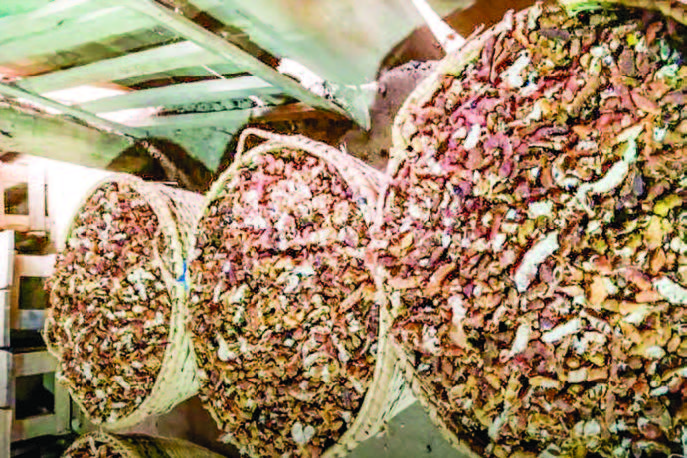Fresh tamarind usually flows into Yangon’s market in the last week of December, and they are expected to enter the market in early January, U Thein Swe, a tamarind trader, told The Global New Light of Myanmar (GNLM).
As tamarind prices have declined for two consecutive years, those traders who kept the stocks in their hands do not make a profit.
With the harvest season approaching, the tamarind prices moved in the range between K1,100 and K2,500 per viss depending on varieties, including seedless tamarind.
New tamarind from Pyay, Yamethin, Taungtha, Mahlaing and Pakokku areas will likely be supplied in the domestic market.
The traders purchase a tamarind tree outright at K50,000 to K100,000 depending on productivity, said a trader from Mahlaing Township.
Traders forecast less chance for prices to rise after observing the export and domestic market conditions. Amid inflation of dry groceries, tamarind is the only commodity whose price remained unchanged.
Low exports for tamarind and its substitutes and high stocks in the market are contributing factors to the sluggish market, a tamarind trader engaged in Bayintnaung Commodity Centre pointed out.
Low profits prompted traders to lose interest in this business. This way, the supply of new tamarind is possibly delayed.
Tamarind fetched K1,900-K2,200 per viss on 21 December 2022. New tamarind is expected to be priced around K1,100-K1,200 per viss, Daw Hein, a tamarind trader, said.
Upper Myanmar regions are arid, so big trees such as palm trees and tamarind trees help the residents reduce peak temperatures and contribute to the community’s livelihoods. Therefore, the community must be committed to conservation activities, as some cut down trees. — TWA/EM



